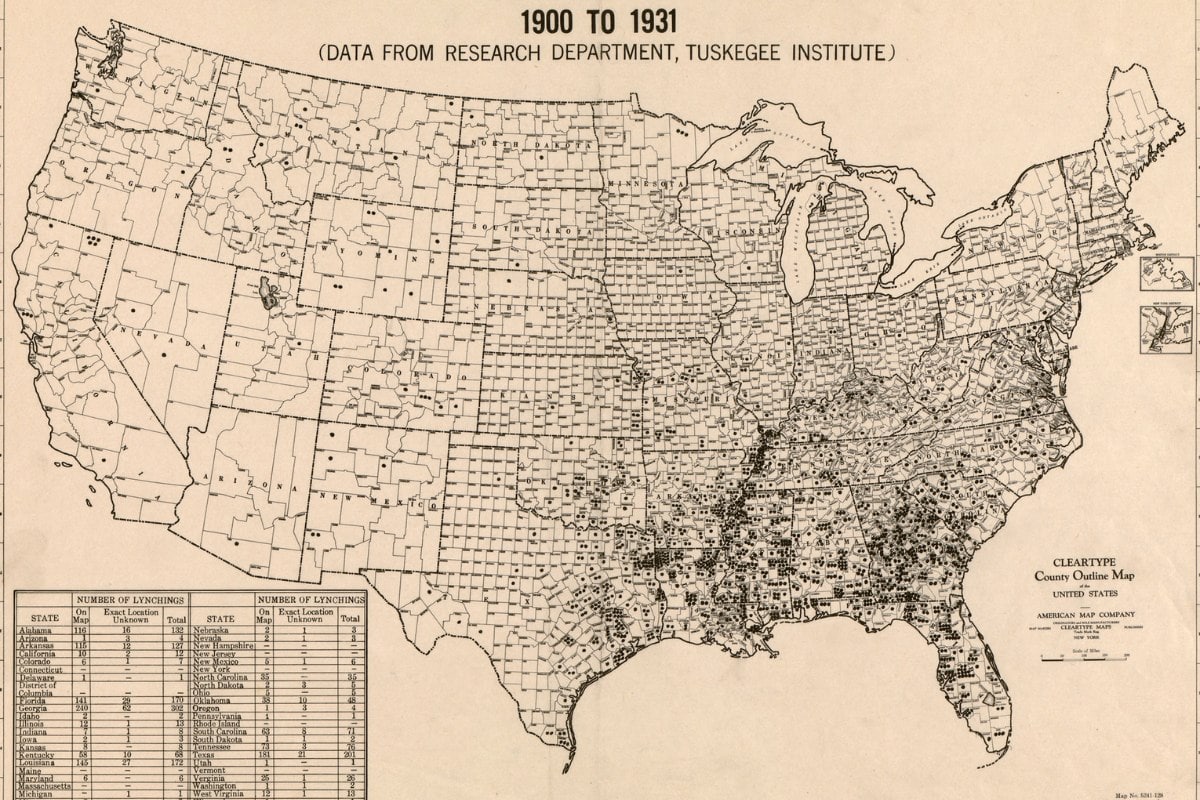What Are Crime Statistics
Crime statistics are numerical data that offer valuable insights into criminal activity within a specific area or population. Law enforcement agencies, government organizations, and research institutions collect and analyze these statistics to track and monitor crime rates, trends, and patterns.
Residential Burglaries
Crime statistics provide valuable information about various types of crimes, including burglaries, robberies, and arsons. When it comes to residential burglaries, the majority of them occur when the home is unoccupied, and forced entries account for about 65% of these incidents. Approximately 60% of all residential burglaries happen during daylight hours, with the most common entry point for burglars being through doors.
It’s alarming to know that 50% of all burglaries occur through unlocked doors, emphasizing the importance of properly securing homes. The presence of alarm systems can act as a deterrent, as burglars are 2.7 times more likely to target homes without alarm systems, according to the FBI.
Burglary Rates
The average burglary rate in the United States was 314 occurrences per 100,000 inhabitants in 2020, resulting in over 1 million reported burglaries. New Mexico had the highest burglary rate, followed by Oklahoma, while New Hampshire had the lowest burglary rate. Regional variations were also observed, with the Northeast having the lowest burglary rate and the South having the highest in 2019.
Other Property Crimes
Property crimes such as larceny and motor vehicle theft also occur in addition to residential burglaries. While the larceny rate declined in 2020, the motor vehicle theft rate increased. Property crime occurs nearly five times more often than violent crime, with larceny being the most common property crime.
The Role of Crime Statistics
Crime statistics help in understanding the prevalence and patterns of criminal activity. They help law enforcement agencies allocate resources effectively, develop targeted crime prevention strategies, and evaluate the effectiveness of their efforts. Also, crime statistics assist policymakers, researchers, and the general public in assessing the safety of a community, making informed decisions, and advocating for changes in legislation or public policy.
When interpreting crime statistics, do it with caution. Factors such as changes in reporting practices and variations in data collection methods can influence their accuracy. Nevertheless, despite their limitations, crime statistics remain an essential tool in understanding and addressing criminal activity in society.









